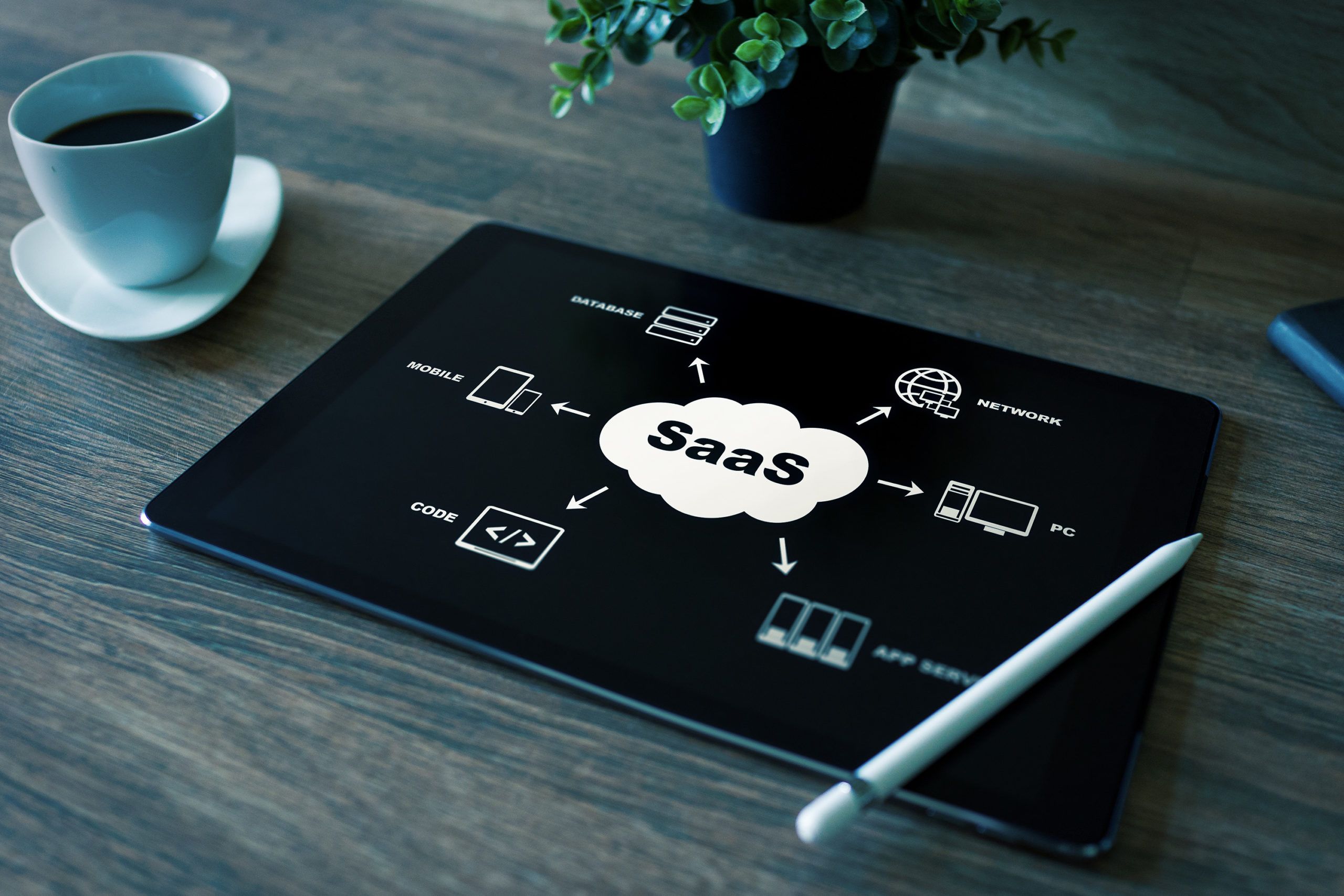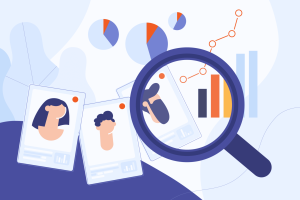SaaS Product Development: Where to Start and Common Mistakes
Introduction Software as a service (SaaS) has changed the way businesses operate. It offers flexibility, scalability, and recurring revenue opportunities. However, launching a...

Introduction
Software as a service (SaaS) has changed the way businesses operate. It offers flexibility, scalability, and recurring revenue opportunities. However, launching a successful SaaS product is no easy task. Many entrepreneurs dive in without a clear plan, which leads to costly mistakes. If you’re thinking about developing a SaaS product, this guide will help you get started on the right foot and avoid common pitfalls.
Where to Start?
1. Define Your Value Proposition
Before you write a single line of code, ask yourself: What problem does my product solve? A clear value proposition will set the tone for everything that follows. Talk to potential users, understand their pain points, and determine what makes your solution unique.
2. Conduct Market Research
Many SaaS startups fail because they enter a saturated market without differentiation. Research your competitors. Identify gaps in their services. Learn from their successes and failures. This knowledge will help you position your product effectively.

3. Validate Your Idea
Validation is key. Create a simple prototype or minimum viable product (MVP). Share it with a small group of users and collect feedback. This step will help you refine the idea before investing heavily in development.
4. Choose the Right Technology Stack
Your tech stack will impact scalability, performance, and maintenance. Consider factors such as:
- Frontend and backend frameworks
- Cloud hosting providers
- Database solutions
- Security protocols
You can consult with our developers to ensure you are making an informed choice.
5. Plan Your Monetization Model
How will your SaaS product generate revenue? Common models include:
- Subscription-based (monthly or annual plans)
- Freemium (free plan with paid upgrades)
- Usage-based (consumption-based pricing)
Your pricing strategy should align with your target market and business goals.
How to Avoid Common Mistakes
1. Ignoring User Experience (UX)
A great idea means nothing if users have difficulty navigating your platform. Make sure your interface is intuitive. Conduct usability tests. Listen to user feedback and make improvements early.
2. Overcomplicating the MVP
Your MVP should be simple but functional. Too many features at the beginning can slow down development and confuse users. Focus on the core problem your product solves. You can always add improvements later.

3. Underestimating Security and Compliance
SaaS companies handle sensitive user data. Ignoring security can lead to breaches and legal issues. Implement encryption, multi-factor authentication, and compliance measures such as GDPR or HIPAA, depending on your target audience.
4. Poor Scalability Planning
Many startups build products that work well for a small audience but struggle when the number of users grows. Choose a scalable cloud infrastructure. Optimize your database queries. Make sure your architecture can handle future growth.
5. Poor Customer Support
Happy users become loyal customers. Poor support can lead to high churn rates. Offer multiple support channels, including live chat, email, and knowledge bases. Prioritize fast response times and effective problem resolution.
6. Ignoring analytics and metrics
Without data, you’re flying blind. Track key metrics like:
- Customer acquisition cost (CAC)
- Churn rate
- Lifetime value (LTV)
- User engagement
Use these insights to refine your strategy and improve retention.
7. No Marketing Strategy
Many developers assume that a great product will sell itself, but this is not the case. Invest in digital marketing, SEO, and content creation. Use social media and paid advertising. Early marketing efforts will help with initial growth and customer acquisition.

Conclusion
Developing a SaaS product is an exciting journey, but it comes with challenges. Start with a clear vision, validate your idea, and choose the right technology. Avoid common pitfalls by prioritizing user experience, security, and scalability. Most importantly, stay flexible – your product will evolve based on market needs and user feedback. With the right approach, your SaaS business can thrive in a competitive environment.